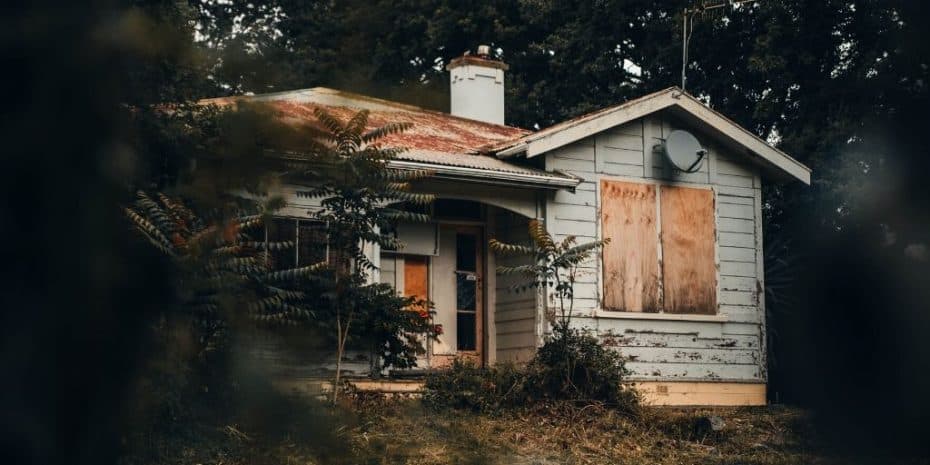What is a Class D Property?
Property Classes Explained
In conversations with real estate investors, you may hear references to the term Class D Property (or for that matter, Class A, Class B, or Class C property).
Real estate investors use these terms to describe several important physical and financial characteristics of a property. Some of these characteristics typically include (but are not limited to):
- location of the property
- age of the property
- income levels of residents
- appreciation
- condition of the property
Understanding the combination of these items can help an investor determine a general value for a property.
One extremely important point to remember when discussing property classes is that everything is relative. A property should be evaluated in the context of the other properties in the general vicinity.
For example, a Class D Property in one geographic location should only be compared to other Class D properties in the same area. An area may be a city or county or another geographical area within a state. Keeping this in mind will help an investor stay focused on becoming an expert in their local market.
Class D Property Guidelines and Characteristics
While there are no official guidelines for what a Class D property is, most real estate investors identify Class D properties by some of the following characteristics:
- Location – Typically found in areas that have been lived in for many decades, a significant level of crime is reported in this area
- Age of the Property – Many residences in this area are older homes
- Income Levels of Residents – Lowest income level
- Appreciation – Not much appreciation can be gained from these properties unless significant gentrification occurs in the surrounding neighborhood
- Property Condition – Properties in this area typically require a significant level of repair. This is often due to the age and overall neglect of the property.
Class D properties and neighborhoods (sometimes referred to as “war zone” neighborhoods) will have the least-expensive homes and buildings in the local market. It’s not uncommon to find vacant and dilapidated houses in Class D neighborhoods.
These properties often require significant repairs and may be negatively affected by the stigma of crime in the near vicinity.
Are Class D Properties a Good Investment?
Class D properties may look enticing simply because of the low cost and lower financial barrier to entry. They may make sense under the right investing strategy, but there are also some significant drawbacks to beware of with Class D properties.
Let’s cover some of the pros and cons of investing in Class D properties and neighborhoods.
Advantages of Investing in Class D Properties
- Class D properties can often be purchased at a discount and provide a noteworthy amount of equity
- Many Investors seek Class D properties as their first investment because of the lower acquisition cost
- The prospective buyer/renter who seeks out a Class D property typically won’t expect the highest standard of living. While repairs will almost certainly be necessary, they may not be as expensive or extensive as some other property classes.
Disadvantages of Investing in Class D Properties
- Inconsistent incomes may result in frequent tenant turnover
- Crime levels may prevent some people from wanting to live there
- Class D Properties often require more frequent repairs because of the deferred maintenance and older age associated with this property type
While every real estate investor is coming from a different financial situation and has a different set of goals, Class D investors are typically those with less liquidity available to acquire more expensive property types. Class D property investors may also have a specific strategy of acquiring multiple homes in the same neighborhood with the intent of gentrifying the area as a whole.







